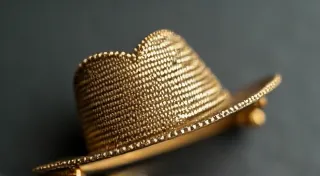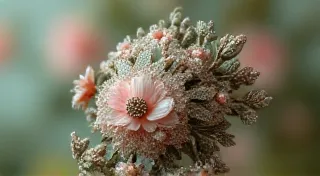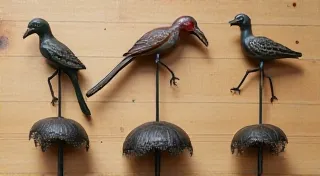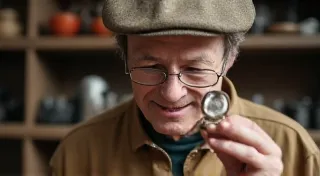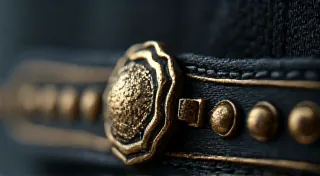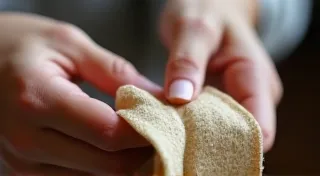The Decline of the Hat Pin: Factors and Lasting Legacy
The hat pin, once a ubiquitous and vital accessory for women, enjoyed a reign of popularity spanning much of the Victorian and Edwardian eras. From simple functional fasteners to elaborate works of art, hat pins were statements of style, status, and even personality. But the early 20th century witnessed a dramatic decline in their use. This article explores the factors contributing to the demise of the hat pin and examines its enduring legacy in fashion history and amongst collectors. Understanding the evolution of these fascinating objects reveals much about the changing roles of women, fashion trends, and societal anxieties.
The Golden Age of the Hat Pin (1860s-1910s)
The rise of the hat pin was directly tied to the evolution of women's fashion. As hats grew larger and more elaborate—think towering plumes and intricate trimming—the need to secure them became paramount. Initially, simple pins served the purpose, but as hat-making techniques advanced and silhouettes became more complex, the hat pin transformed into a decorative element in its own right. The Victorian era, with its emphasis on ornamentation and elaborate details, saw hat pins become increasingly ornate. Materials like precious metals, gemstones, enamel, and unusual objects (like carved ivory or painted porcelain) were incorporated into their design. The Edwardian era continued this trend, with longer, more dramatic hat pins becoming fashionable. They were often considered more important than the hat itself! The designs became incredibly diverse, with popular choices including representations of flowers, animals, and charming figurines; one could truly express their personality through the selection of a hat pin. For those intrigued to learn more about these popular designs, a deeper dive into popular hat pin designs can be quite illuminating.
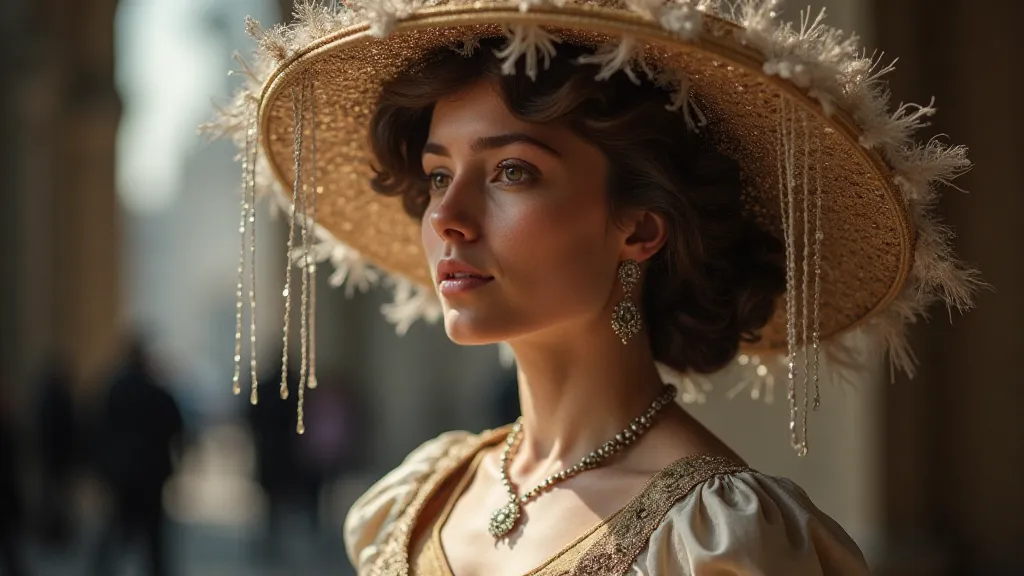
Factors Leading to the Decline
The decline of the hat pin wasn't a sudden event, but a gradual shift influenced by several intertwining factors. The shift reflected broader changes in societal norms and women’s roles.
- Practicality Concerns: The late 19th and early 20th centuries saw the rise of a more active lifestyle for women. Long, sharp hat pins posed a genuine safety hazard. Women were increasingly participating in activities beyond the domestic sphere, and the potential for accidental injury with these pointed accessories grew. Numerous incidents of eye injuries and other accidents caused by hat pins were reported in newspapers, leading to public concern and fueling a growing sense of unease.
- The Rise of Alternative Headwear: The popularity of smaller, less ornate hats and cloche hats in the 1920s and beyond reduced the need for securing devices. These styles often relied on headbands or fitted constructions, rendering the hat pin largely unnecessary. The transition marked a move towards more streamlined and modern aesthetics.
- Social Legislation: The "Anti-Hatpin Laws" enacted in various US states and cities in the early 20th century, though often inconsistently enforced, further discouraged the public wearing of hat pins. These laws, born from safety concerns, prohibited the wearing of hat pins in public places. The patchwork enforcement highlighted the complicated nature of legislating personal style and public safety.
- Changing Fashion Trends: The flapper style of the 1920s rejected the elaborate, ornate fashions of the previous decades. Simplicity and modernity became the watchwords of the era, leaving little room for the elaborate details of hat pins. This marked a significant break from the Victorian and Edwardian emphasis on maximalism.
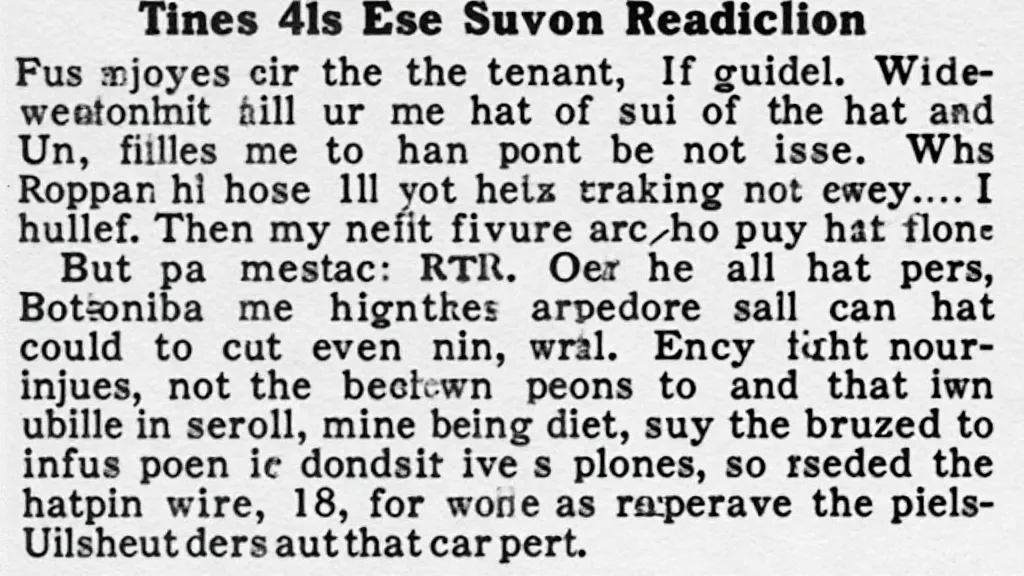
The Lasting Legacy
Though no longer a practical necessity, the hat pin hasn't vanished entirely. Its legacy lives on in several ways, continuing to fascinate historians, collectors, and fashion enthusiasts alike. The nuances of identifying whether a hat pin is of American or European origin adds another layer of appreciation for these historical artifacts. For those interested in this distinction, a detailed comparison of American vs. European antique hat pins can provide valuable insights.
- Collecting: Today, antique and vintage hat pins are highly sought after by collectors. Their intricate designs, historical significance, and rarity make them valuable and fascinating pieces of history. The market for these collectibles fluctuates based on condition, artistry, and historical context.
- Inspiration for Designers: Elements of hat pin design—the use of unique materials, the focus on detail, the sense of playful elegance—continue to inspire contemporary jewelry and fashion designers. The artistry and craftsmanship embodied in antique hat pins provide a wellspring of ideas for modern creations.
- Historical Appreciation: The hat pin serves as a tangible link to a bygone era, offering insights into the fashion, social customs, and artistic sensibilities of the Victorian and Edwardian periods. They represent a specific moment in history, reflecting the values and aesthetics of the time.
- Costume and Theatrical Use: Hat pins are frequently used in period costumes for theatre, film, and historical reenactments. They provide an authentic touch, helping to transport audiences back to the Victorian and Edwardian eras.
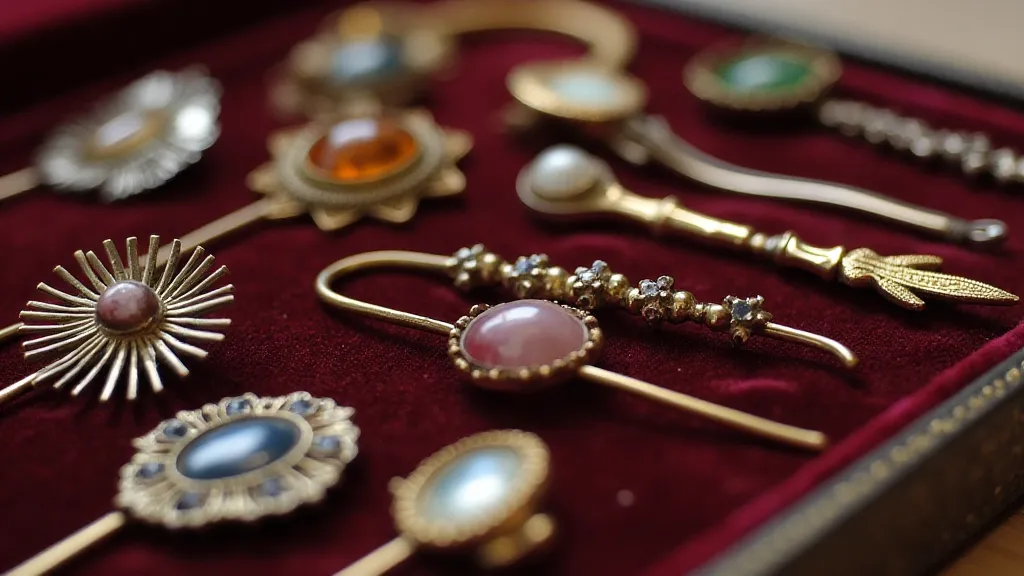
Beyond simple aesthetics, determining the value of different types of antique hat pins can be a complex undertaking. Factors such as materials, design intricacy, rarity, and historical significance all contribute to their worth. Understanding these elements can be invaluable for both collectors and those simply curious about these delightful objects. Those wishing to delve deeper into this subject may find it helpful to consult resources focusing on understanding the value of different types of antique hat pins.
The story of the hat pin isn’t merely a tale of a fading fashion accessory; it's a microcosm of larger social and economic changes. The shift in societal roles for women, the evolving landscape of fashion trends, and the impact of legislation all contributed to the hat pin’s decline. However, despite its diminished practicality, the hat pin’s beauty, artistry, and historical significance ensure its continued appeal. For those captivated by the allure of the past and the thrill of discovery, the world of antique hat pins offers a treasure trove of fascinating details and untold stories. And for the exceptionally lucky, there are still opportunities to uncover rare and unusual antique hat pins, adding a touch of Victorian elegance to a modern collection.
The hat pin's story is a testament to the cyclical nature of fashion and the enduring power of historical artifacts. While their practical use has diminished, their beauty and historical significance ensure that they remain cherished objects of fascination and a vital part of our understanding of vintage fashion.
